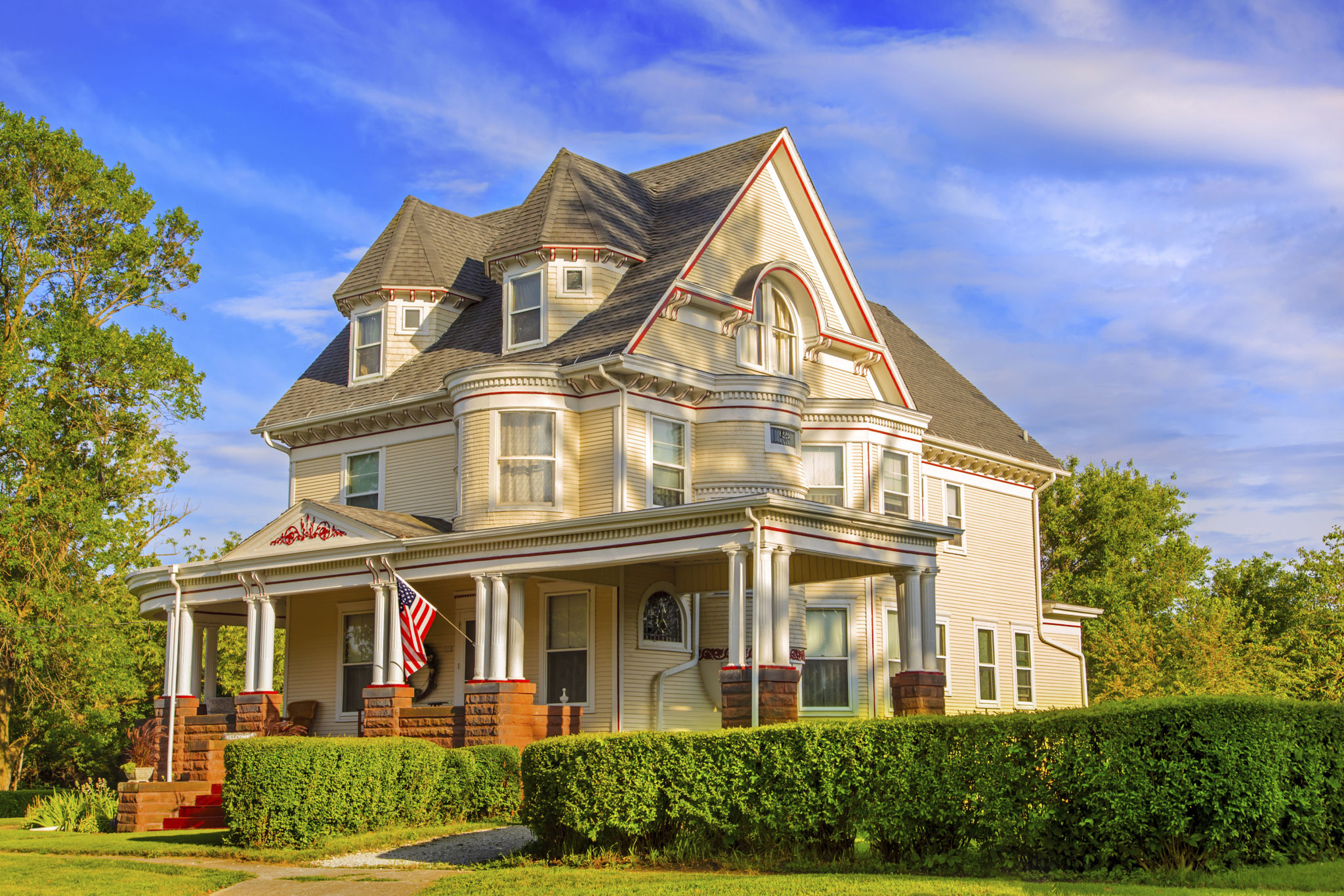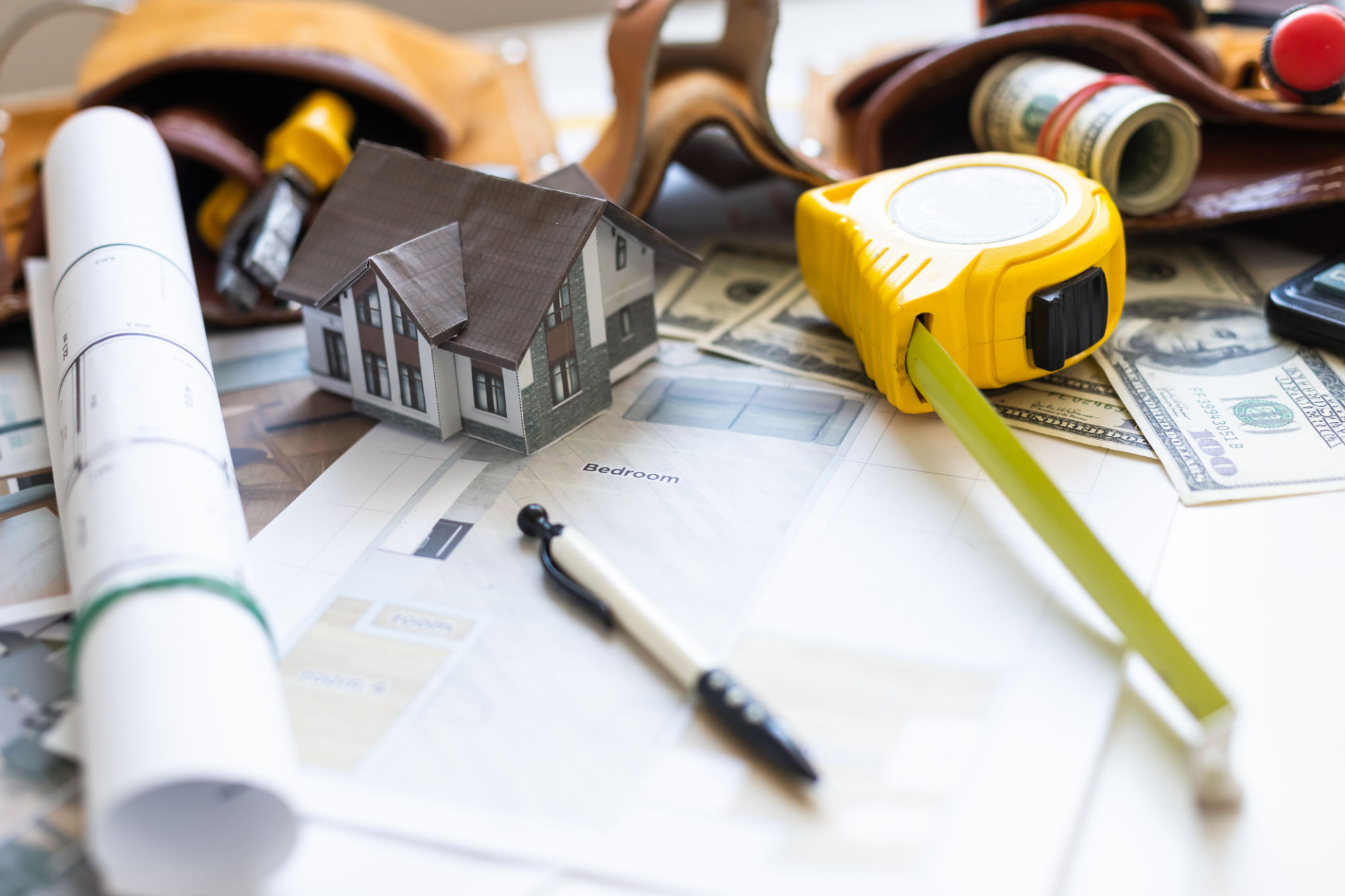Case Study: Transforming a Historic Home with Modern Renovations
Introduction to the Project
The allure of historic homes lies in their timeless charm and architectural beauty. However, preserving these structures while introducing modern amenities can be a challenging yet rewarding endeavor. This case study explores the transformation of a century-old home, blending its historical elements with contemporary design to create a functional and stylish living space.

Respecting the Past
When embarking on this renovation, the primary goal was to maintain the home's original character. This involved retaining key architectural features such as crown moldings, intricate woodwork, and original flooring. The team worked diligently to restore these elements, ensuring they remained a focal point in the newly updated space.
Preserving history doesn't just mean maintaining structures; it's also about honoring the stories and memories embedded within the walls. By carefully selecting materials and design elements, the renovation paid homage to the home's storied past while setting the stage for future generations.
Challenges Faced
Renovating a historic home is not without its challenges. The project required navigating zoning restrictions and obtaining permits that respect the site’s heritage. Additionally, unexpected issues such as outdated electrical systems and plumbing had to be addressed without compromising the home's aesthetic integrity.

Integrating Modern Features
While preserving its historical essence, the renovation introduced modern conveniences that cater to today’s lifestyle. The kitchen was transformed into a chef's dream with state-of-the-art appliances and an open-concept layout that encourages interaction and connectivity. The bathrooms received spa-like upgrades, featuring luxurious fixtures and contemporary finishes.
Energy efficiency was also a key focus. The installation of smart home technology, including programmable thermostats and energy-efficient lighting, ensured the home met modern standards while reducing its carbon footprint.
Design Aesthetics
The design approach harmoniously blended old and new. Neutral color palettes were chosen to create a calming environment, allowing the architectural details to shine. Vintage furniture pieces were carefully selected to complement modern decor elements, creating a cohesive yet eclectic style.

The Outcome
The completed renovation is a testament to the seamless integration of historic charm and modern luxury. It stands as a model for how old structures can be revitalized with contemporary functionality without losing their essence. The homeowners now enjoy a space that reflects their lifestyle while preserving a piece of history.
This case study serves as inspiration for others looking to embark on similar projects. It highlights the importance of thoughtful planning and execution in transforming historic homes into livable spaces that honor both past and present.
Conclusion
Transforming a historic home with modern renovations is more than just a construction project; it's an art form that requires balancing respect for history with the needs of contemporary living. By preserving original features and integrating modern amenities, this project showcases how old-world charm can coexist beautifully with modern-day comforts.